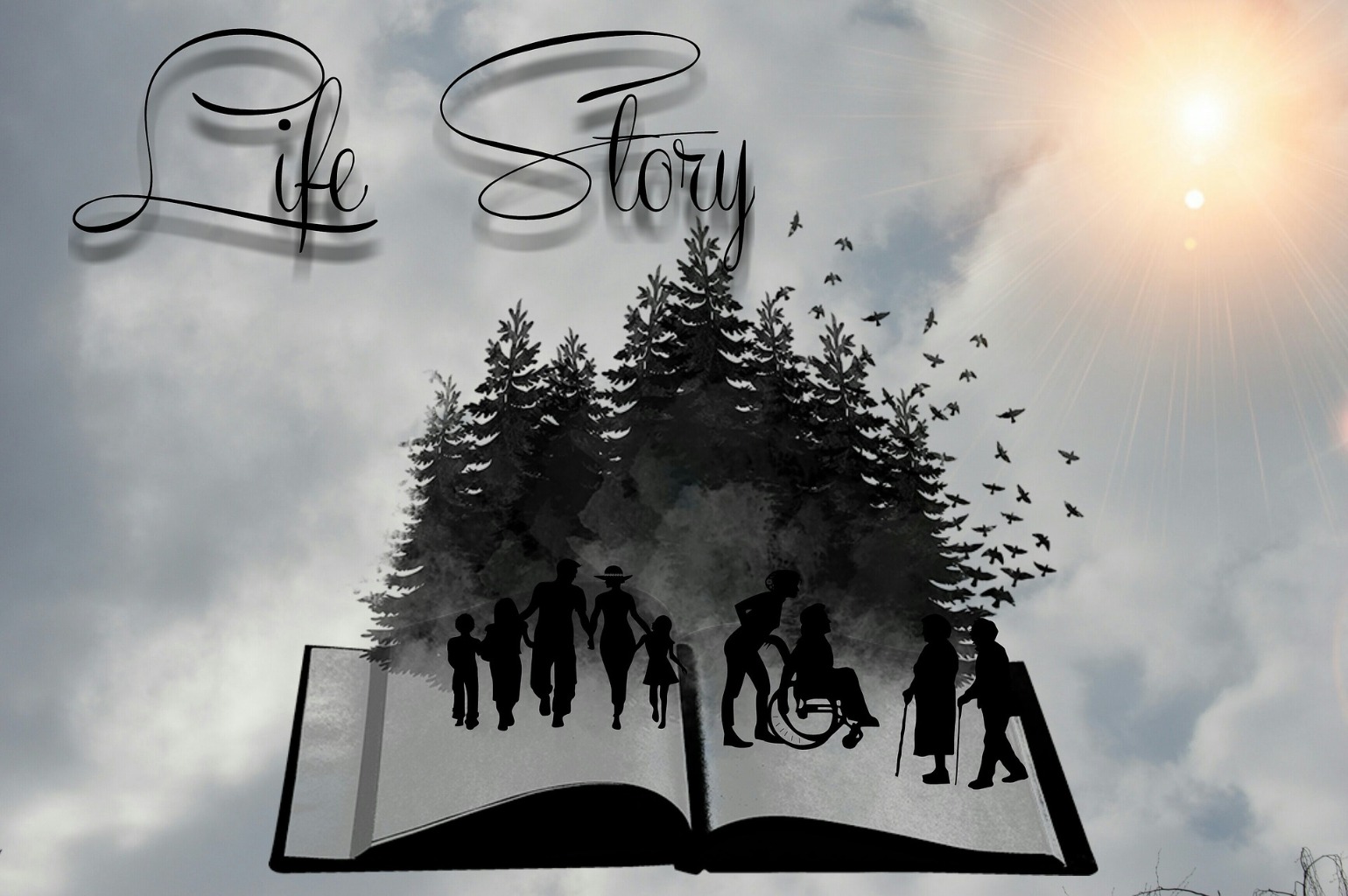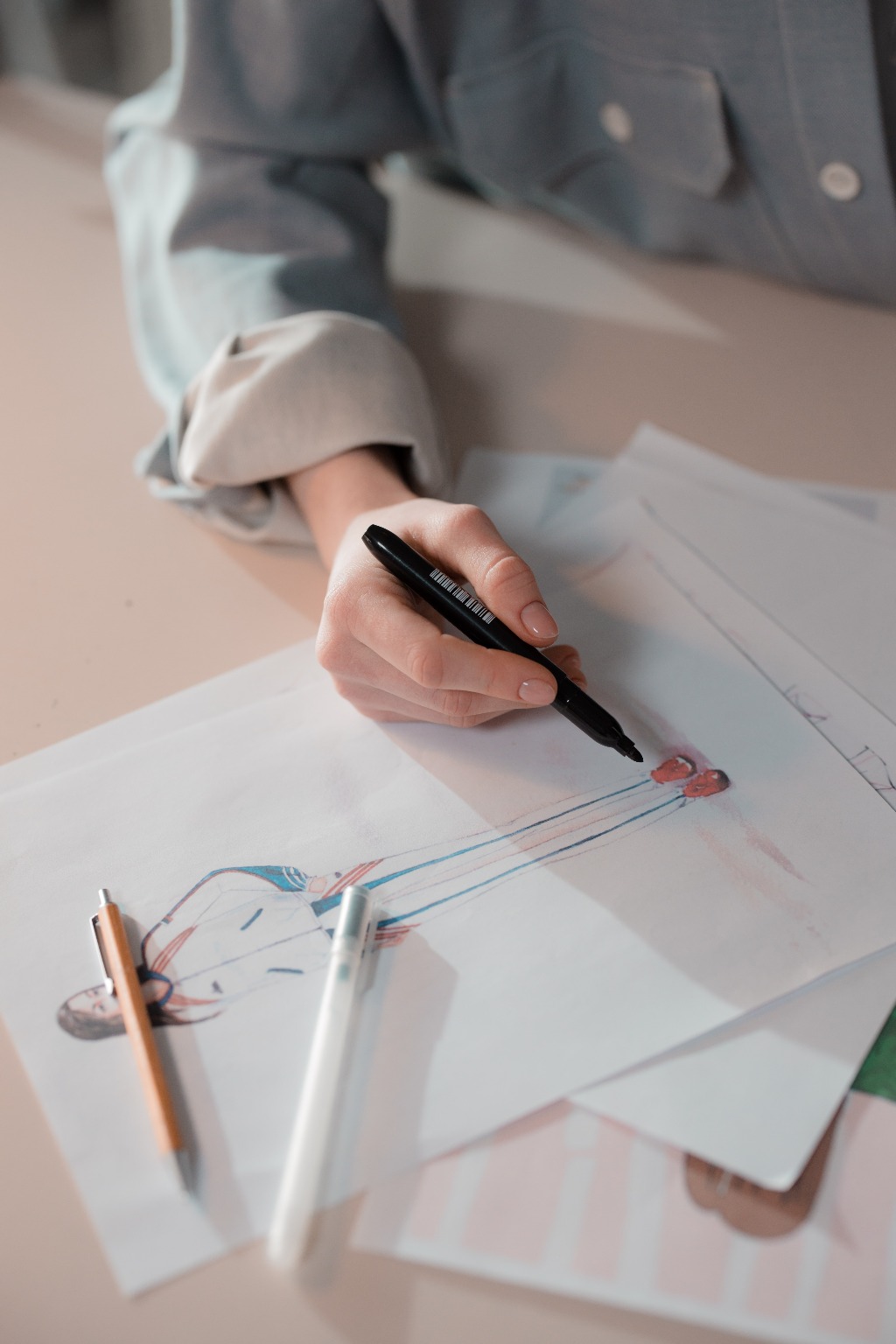This isn’t my first post about how important strong character development is when it comes to novel writing. You can create a fabulously imaginative world and weave a deliciously intricate plot, but no one will care if they don’t have interesting characters to follow through it all.
One big way to develop great characters is to work on your dialogue, as previously discussed. But there are plenty of other ways to improve your character development. Here are some tips to help you create characters that will engage your readers and leave them feeling like they’ve made a new group of wonderful friends by the end of the book.

Write Bios for Your Main Characters
Before you even start writing your book, there’s a lot of thinking and character crafting that has to be done. If you go in with a good idea of who your main players are, they are much more likely to feel real and engaging to readers right off the bat.
A great way to achieve this is by writing a brief biography of each of your main characters. It has become a regular part of my writing process, and I often do it before I have fully fleshed out my idea for the story or even started to think about the plot. I tend to just open a Notepad document, write down a character’s name (or something like “Protag” or “Violin Girl” if I haven’t figured out names yet), and start rambling about them.
I usually start with how old they are and what they look like, then move on to their family situation—are their parents still in the picture, do they have any siblings, how are their familial relationships, etc. Then I extend the social circle outward to friends and significant others (past and/or present). This is usually when I’ll start to dig into how this character feels about the other characters in the novel, and how that relationship will grow and change over the course of the story.
You don’t have to approach your character bios exactly how I do, of course. But jotting down basic biographical facts about your characters will help you to realize what’s most important to them, and what makes them tick. In turn, they will become deeper characters as a result.

Doodle
In addition to writing out character sketches before beginning work on a book, I also draw several actual sketches of the characters. It’s important to stress that you do not have to be a skilled artist to employ this method—I certainly am not.
Instead, trying to draw your characters will simply give you a better idea of how you want them to look. Does your heroine have green eyes or brown? What sort of expression might she habitually have on her face? You might be surprised how much to learn about a character just by trying to get even a crude image of their face down on paper.
You can also later use these drawings for reference since it can be easy to misremember a character’s hair or eye color later down the line. The consistency of details like these will help your novel’s main players to seem more real in readers’ heads.

Create Character-Centric Playlists
This post covers a bit about how to go about making playlists to help you brainstorm your novel. Dedicating whole playlists to each of your main characters can do wonders for giving you a better sense of who they are.
Whenever I’m about to begin a new story, I listen to my huge Spotify playlist of over 1,000 songs I enjoy and search for songs that feel like any of my novel’s main characters. It’s not an easy thing to describe—somehow certain songs just synch with my sense of a certain character, or make me realize something new about a character for the first time. Whenever I run into such a song, I add it to that particular character’s playlist.
I cannot stress how much creating character-centric playlists has helped me to build and better understand my characters. This method doesn’t work for everyone. I happen to be a particularly musical person and music is a mandatory requirement whenever I write (including writing this very blog post). I know that this is not always the case—in fact, I have writer friends who find music extremely distracting and can’t have it on while brainstorming or writing. But to you more musically-inclined writers out there, this is definitely something to try.

Map Out Your Characters’ Relationships
An essential part of developing good characters is figuring how exactly they relate to one another. Once I’ve written my main characters’ bios and feel like I have a decent sense of who they all are, I write down the name of my protagonist, then make a list of each of the other main characters in the story.
Next, I write a brief paragraph under each of the other characters’ names, sketching out their relationship with the protagonist. Do they get along right away, or it is more of an enemies-who-become-friends situation? Or is it maybe the other way around—a friend who becomes a foe? Is there a romantic element involved? Once you’ve done all of this with each character, it’s time to move down to the next name on the list and start the whole process over—detailing the dynamics of this character’s relationships with everyone else.
Once you start writing, you can use these relationship sketches as a roadmap to guide you through each scene these characters have together. Now, whenever they are all in a room at once, you can keep in mind the many dynamics at play between them. It will help you to decide where they would sit or stand, how they would react to any given remark, and a host of other aspects of group scenes that can be tricky to pin down.

Let Your Characters’ Silence Speak
As important as dialogue is to good character development, sometimes you learn the most about a character from what they don’t say. The most charged moments in a romance between two characters can be when you know each of them wants to confess their feelings, but they don’t. Sometimes a character will open her mouth to speak, then think better of it, which can often communicate her misgivings more than any words ever could.
Part of developing engaging characters is knowing when to keep those characters from voicing their true feelings. They may think one thing, but then say something entirely different. If the novel is in first-person, they may be keeping how they truly feel even from themselves. Digging into what your characters choose not to reveal can teach both you and your readers a lot about them. Are they afraid of getting close to others? And if so, why?
There’s only so much you can do when it comes to mapping out your characters. Characters can be pretty unpredictable as you write. Sometimes they’ll behave in a way you never could have anticipated. But these tips will hopefully help you to create exactly the types of characters who will surprise you—characters with depth and minds of their own. Those are the characters that will capture your readers’ hearts and won’t let go.